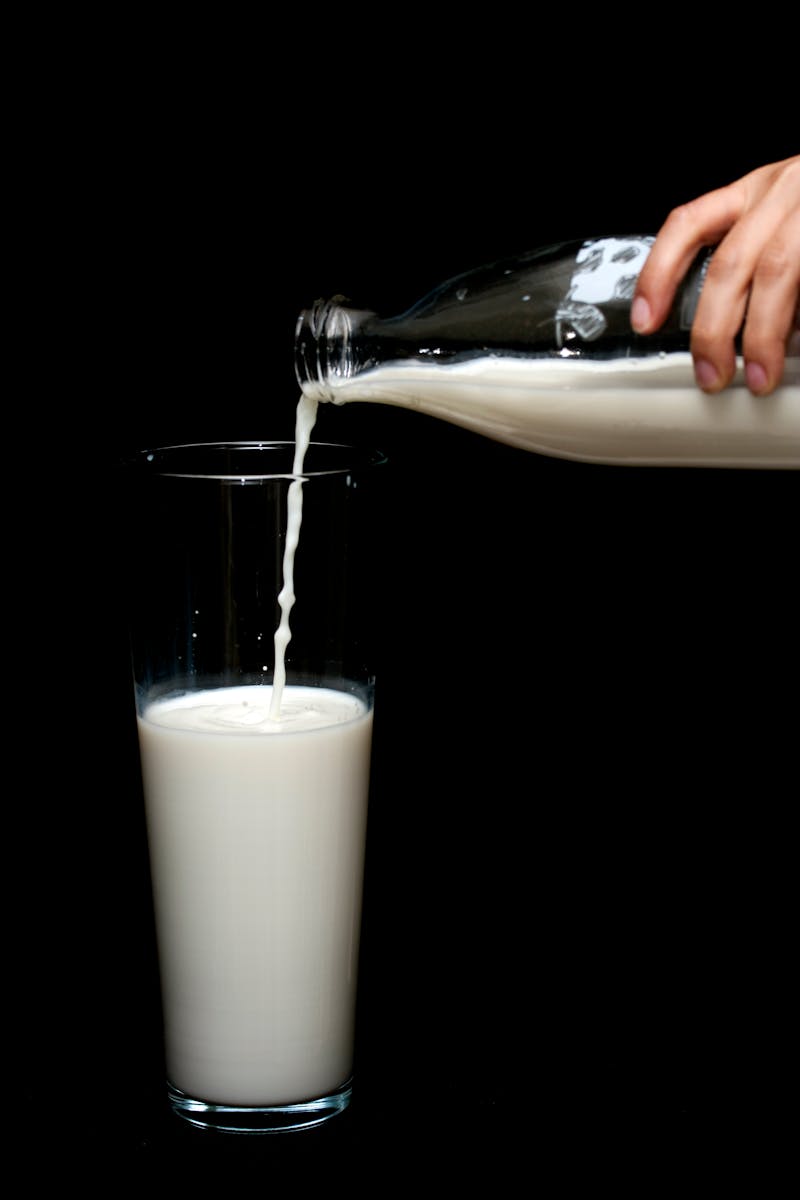If you’re trying to follow a low histamine diet to manage symptoms of mast cell activation headaches rashes fatigue or digestive issues one of the trickiest food groups to navigate is Dairy. Remember everyone has different sensitivities! Some types of dairy are tolerated better than others.
What types of dairy are generally tolerated?
- Fresh, pasteurized milk (especially whole milk)
- Fresh, unripened cheese such as
- Ricotta
- Cream cheese
- Mozzarella
- Farmers cheese
- Goat cheese
- Butter and ghee
The yellow zone dairy – has some histamine but still might be tolerated.
- Low-fat dairy – More on this below.
- Cultured dairy – it depends on the culture. More on this below.
- Yogurt
- Sour cream
- Creme Fraiche
Types of that are dairy consider higher histamine:
- Aged or ripened cheeses – if it’s stinky or hard it’s high in histamine.
- Cheddar
- Parmesan
- Gouda
- Swiss
- Blue cheese
- Brie
- Camembert
- Some cultured dairy
- Kefir
Whole Milk vs. Low-Fat Milk: Which Is Better?
Although many people may need to avoid whole milk because of other health conditions, such as high cholesterol, whole milk is preferred on the low-histamine diet.
- Low fat milk undergoes more processing including homogenization and sometimes additional additives which can affect how the body reacts.
- The fat and whole milk acts as a buffer and slows absorption possibly reducing histamine related reactions.
- Some low fat products may contain emulsifiers or stabilizers that can irritate sensitive systems.
Unripened Cheese vs. Cheddar
It all comes down to fermentation and aging.
- Unripe and cheese like ricotta or goat cheese are made quickly and have minimal bacterial activity meaning little no histamine accumulates.
- Cheddar and other aged cheeses are fermented over weeks or months which drastically increases histamine levels. The bacteria involved in aging breakdown proteins and release histamine as a byproduct.
When choosing cheese, the fresher, the better!
What About Yogurt?
It depends on the culture! yogurt is a grey area on the low-histamine diet. Yogurts are can be high in histamine due to bacterial fermentation, but not all cultures produce the same histamine levels.
Traditional yogurt cultures like Lactobacillus bulgaricus and Streptococcus thermophilus can produce histamine as a byproduct. However, some probiotic strains are histamine degrading, and may even help lower your body’s histamine load, such as Lactobacillus rhamnosus GG, Bifidobacterium infantis.
The length of fermentation and storage time also matters. Longer times typically mean more histamine. Your safest bet is making yogurt at home with your own low-histamine and probiotic cultures. You can use your low-histamine probiotic as a culture. You don’t have to go out and buy special yogurt cultures.
If you want to try adding dairy to you diet remember:
- Not all dairy is off limits! Don’t over restrict! Small changes can make a big difference in how you feel!
- Always check the ingredients for additives or thickeners.
- Buy in small amounts and consume quickly to avoid build up overtime.
- Everyone is different. Not everyone will tolerate the same foods. Listen to your body!
This article is for informational purposes only and is not intended as medical advice. Before incorporating any of these suggestions, consult with a qualified healthcare professional. If you are seeking personalized guidance on herbal supplementation, schedule a consultation with me—an integrative registered dietitian nutritionist (RDN)—to ensure you make safe and evidence-based choices.
This is a secure message link. You will receive a code separately when you get a reply from HippoMail. Please be on the lookout for that.
